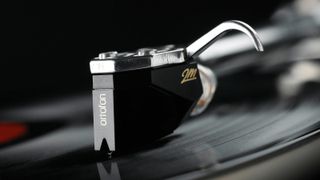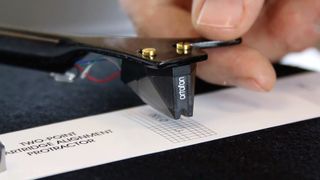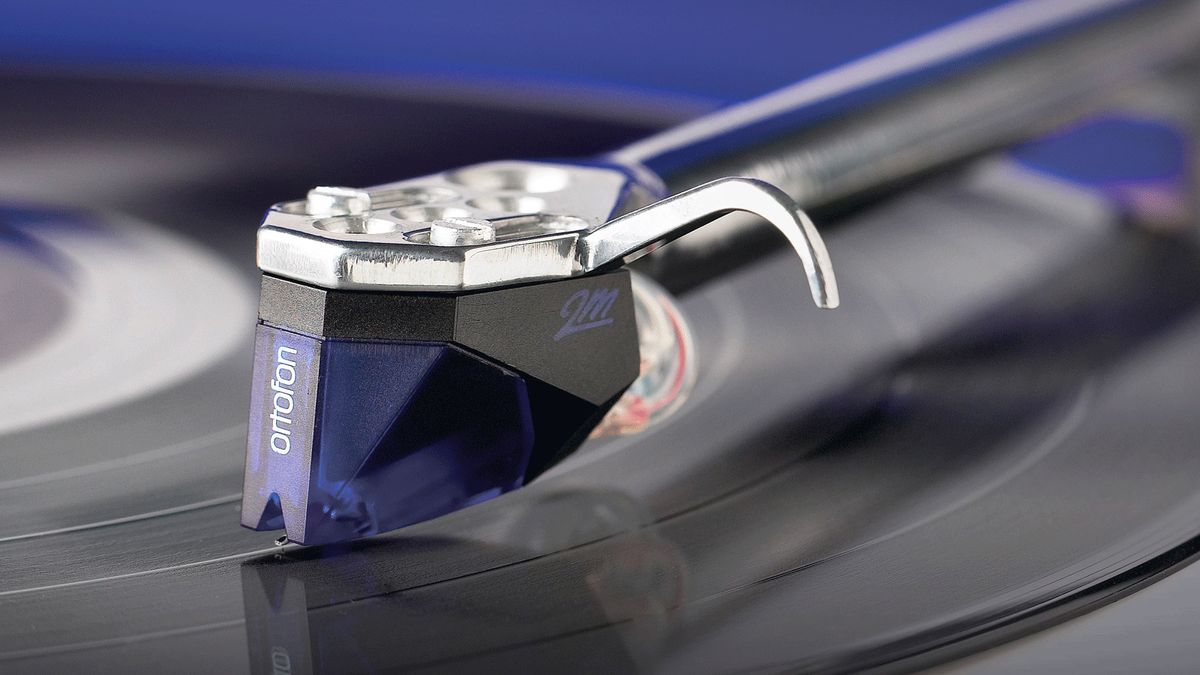The pursuit of great sound never ends. But while glossy magazines and endless Instagram pages plastered with the most esoteric hi-fi components feed that hankering for new and expensive hardware – whether that be a new turntable, speakers or amplifier – there are ways to upgrade your system without breaking the bank.
One of the most radical can be a new cartridge. They might not grab the headlines in the same way as a flashy new deck, but sonically it might be the best purchase you ever make.
What is a cartridge?
Simply put, the cartridge is that thing attached to the end of your turntable’s tone arm, to which the needle is attached that sits in the grooves of your record. Effectively it acts as a conduit for the sound to travel from the vinyl to your phono stage, amplifier and so on.
It’s a real fine art: the tiny diamond tip of the cartridge is trying to trace bumps as small as a micron – or a1000th of a millimetre – so you can begin to imagine just how important this unassuming character is to the whole process.

It’s also important to remember there are two main varieties of cartridge though, and your phono stage may only be compatible with one.
Moving magnet (MM) cartridges, where a magnet translates vibrations by moving between two static coils, are most popular on budget decks; moving coil (MC) cartridges meanwhile, where the process is basically the other way round, can often be more expensive but there are gains to be made in their precision.
How to choose the right cartridge
Your first question to answer will be whether you’re after an MM or MC cartridge. This will be dictated largely by your existing partnering kit – if, as mentioned, your phono stage is solely capable of one or the other, then you’ll be shelling out for a lot more than only the cartridge if you buy the wrong product – while you’ll also want it to be price compatible with the rest of your system.
There’s little point buying a cartridge with potential far outreaching your existing kit, nor one that will hold it back, so don’t exhaust your budget if it isn’t worth it and save a few more pennies if you don’t think the upgrade will be suitably audible.
There’s a decent chance you’ll have come across Ortofon before, and you may even have one of its cartridges already attached to your deck’s tone arm. The company, founded in 1918, is a veritable powerhouse in the industry, building its reputation since the middle of the 20th century through a host class-leading cartridges that many turntable manufacturers clamour to have packaged with their decks.
One of its advantages is that it focuses the entirety of its resources on vinyl playback, so you’re safe in the knowledge that nothing has been left to chance with its hand-made cartridges.
There are items in its core moving magnet range to better the sound of most hi-fi systems, from the 2M Red – an all-purpose cartridge found in many current turntable packages – to its flagship 2M Black, as well as specialist products such as the 2M Mono and 2M 78 specifically for playback of 78 rpm shellac records.
Ortofon also offers stylus upgrades for those who already have one of its cartridges attached to an older turntable. As with replacing the whole cartridge, changing the stylus can bring a deck back to life in a way you may expect could only be achieved through buying a brand new turntable.
Setting up your cartridge

Once you’ve chosen the cartridge for you, it is imperative to set it up properly. Most hi-fi dealers will be happy to provide this service, and that might be a smart route for those new to vinyl, but you can do an equally fine job yourself as long as you give it your full attention.
Most cartridges are attached using a couple of screws, with four coloured wires then connecting it to the tone arm. This can be fiddly, and you’ll want to be careful not to break anything, but it’s fairly straightforward for anybody with a steady hand.
Aligning the cartridge is also important – but there are so many different tools available out there to help with the process – as is setting the correct tracking weight.

Set it too high and the stylus will dig into the groove of your records, offering up a wooly and bass-heavy presentation, while too low a weight will result in a tinnier sound and likely a fair amount of skipping.
Dedicated cartridge scales are a fine investment, though plastic alternatives are available for only a few pounds and are still up to the task; your cartridge will come with a recommended weight, usually between 1.5 and 2.5 grams.
Give your turntable a solid support and the right phono stage, and your new cartridge should then really be able to sing, bringing your whole vinyl experience back to life in a more affordable way than buying a whole new turntable.
Find out more about the full cartridge range on the Ortofon website.

